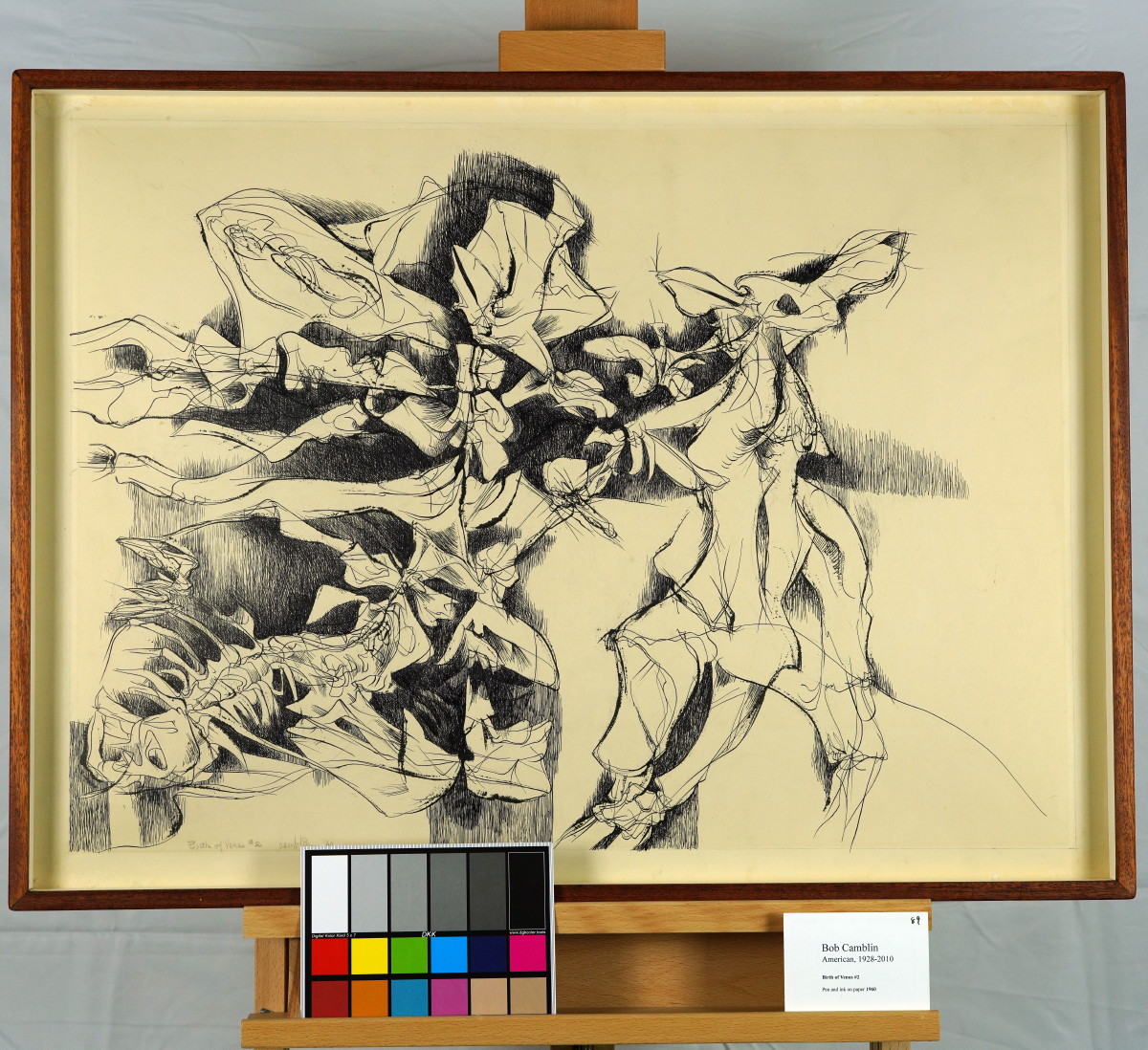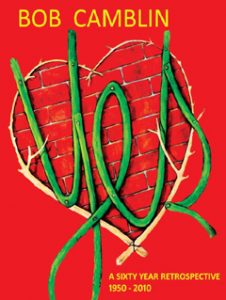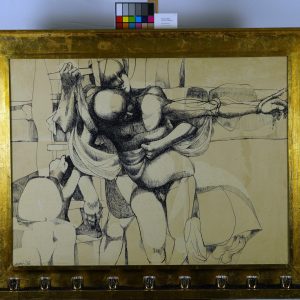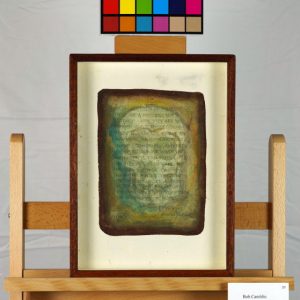Description
Birth of Venus #2, 1960Pen and ink on paper
Signed
23.25 x 31.25 in. (frame)
original, includes certificate of authenticity from ArtTrust
The piece “Birth of Venus” showcases a dynamic interplay of forms and motion. There are abstracted figures that seem to be disintegrating or emerging from the space, with overlapping lines creating a sense of chaos or transformation. The composition draws the eye across different segments, each containing a unique form, possibly suggesting themes of metamorphosis, struggle, or conflict.
In Zen philosophy, the piece might symbolize the transient nature of form and the impermanence of physical existence. The disjointed and fragmented appearance of the figures can be seen as a reflection on how life is in constant flux, and attachment to specific forms or states is illusory. The artwork evokes the Zen concept of “mu,” or emptiness, where nothing has an inherent, unchanging essence.
Relating to the I Ching, this artwork could connect with Hexagram 49, “Ge” (Revolution/Molting). This hexagram signifies transformation and the shedding of old forms to allow for the new. The chaotic and fragmented elements in the drawing reflect the upheaval and reorganization associated with significant change, a theme that resonates with the cyclical nature of life and transformation described in the I Ching.
Combining Zen and I Ching perspectives, the piece represents the paradox of change: as things dissolve or fall apart, they are also on the verge of becoming something new. The artwork captures a moment of tension and release, a threshold where one state transitions to another. It speaks to the inevitability of transformation and the freedom that can be found in embracing life’s impermanence.
The abstract expressionist approach in this piece brings to mind the works of artists like Jackson Pollock or Francis Bacon, who used chaotic lines and distorted forms to convey intense emotion and existential themes. The use of abstraction to depict figures in motion suggests an exploration of inner turmoil, perhaps influenced by surrealism or automatism, where subconscious thoughts shape the artwork. The fragmented forms also evoke Cubist influences, deconstructing the figure to depict multiple perspectives at once.
If we look closely, there appear to be hints of skeletal forms and animal-like shapes embedded within the chaos. These could symbolize the primal forces of life and death, or perhaps the internal struggles and subconscious fears that reside beneath the surface of human consciousness. The overlapping layers suggest a continuous process of concealment and revelation, mirroring the unfolding of deeper truths through introspection
*Shipping cost will vary, please inquire at sales@camblingallery.com before purchasing.
Currently ships from Oregon, USA
Member of artnet? Apply for a discount! Inquire about intergallery and permanent loans for museums.
“Birth of Venus #2” was featured in his Yes Retrospective
Reproductions of this drawing are available in multiple sizes!
Click here to use our high-resolution viewer!
This artwork is available with a non-fungible token to ensure traceability and transparency of provenance.
The royalty factor – Unlike traditional artworks, such as paintings, mosaics, statues, and the like, NFTs can be programmed to provide royalties to you every time the painting (and token) is sold and resold – for eternity. That mind-bending Camblin you sold could be worth millions one day and provide income for your great-great-great grandkids!
Anti-forgery – The central idea underpinning NFTs is that they are built on the blockchain, which is meant to offer advanced security. Think of it like an un-erasable and un-avoidable copyright.
Easy authentication – Another compelling aspect of NFT art and NFTs in general is the ability to quickly and easily authenticate items, as the record of ownership is scrupulously kept on the blockchain.





